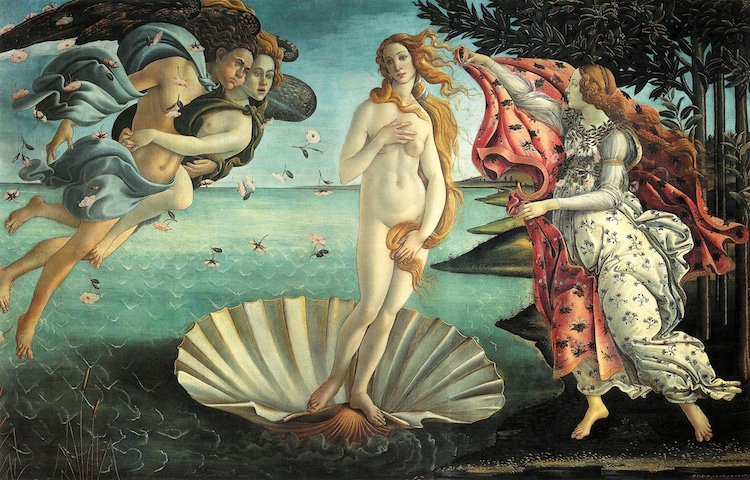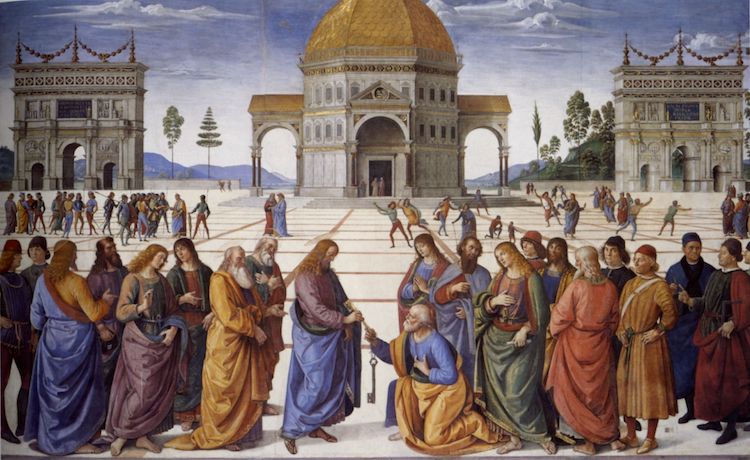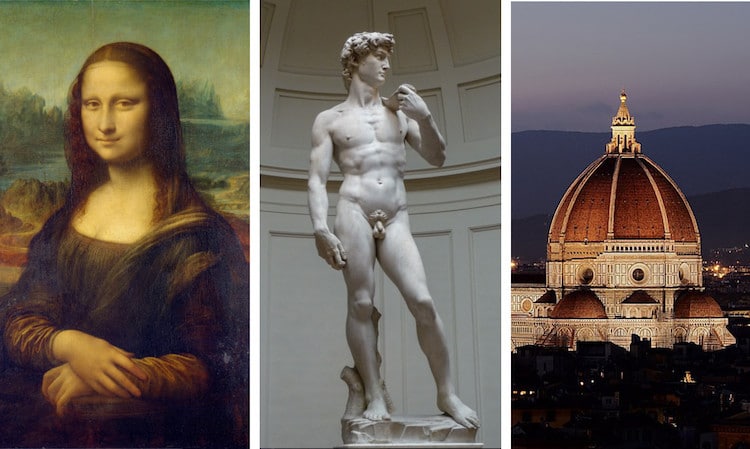Throughout history, no art movement has had an impact as profound as Italian Renaissance art. Regarded as a golden age of art, music, and literature, the period has inspired creatives for centuries, with iconic works by master artists like Leonardo da Vinci and Michelangelo serving as muses.
Here, we explore the history and trace the trends of the revolutionary movement, paying particular attention to the aesthetic characteristics and artistic techniques that define it.
Listen beautiful relax classics on our Youtube channel.
What is the Italian Renaissance?
The Italian Renaissance occurred between the 14th and 17 centuries in Italy. Derived from the word Rinascimento, or “rebirth,” the Renaissance is generally seen as an enlightened age of art and architecture due to a renewed cultural interest in classical antiquity.
“The Early Renaissance” denotes the period between 1400 and 1490, when artists like Fra Angelico and Botticelli began to experiment with realism.

Sandro Botticelli, The Birth of Venus (1480s) (Photo: Uffizi via Wikimedia Commons)
Between 1490 and 1527, well-known Italian artists like Da Vinci, Michelangelo, and Raphael produced particularly celebrated works of art. This period of time is often referred to as the “High Renaissance.”
History
During the Dark Ages (approximately 500-1000 AD), Italian art was predominantly rooted in religion. In painting, this unique approach was characterized by spiritual iconography, flat compositions, unrealistic color palettes, and ethereal, otherworldly figures. In the 1300s, however, Italian artists based in Florence abandoned this distinctive aesthetic and adopted a more humanist approach to art. This time of change would eventually be known as the Italian Renaissance.
While the exact impetus of the Italian Renaissance is not known, many scholars believe that the shift was due to economic instability, as 14th century Italy’s lack of investment opportunities prompted wealthy individuals to instead fund the arts. This increased interest in art lasted for several centuries and had a profound influence on Italian painting, sculpture, and architecture.

Pietro Perugino, Cappella Sistina (ca. 1481-1483) (Photo: via Wikimedia Commons)
The post The Captivating History and Enduring Influence of Italian Renaissance Art appeared first on My Modern Met.
Source: mymodernmet.com
